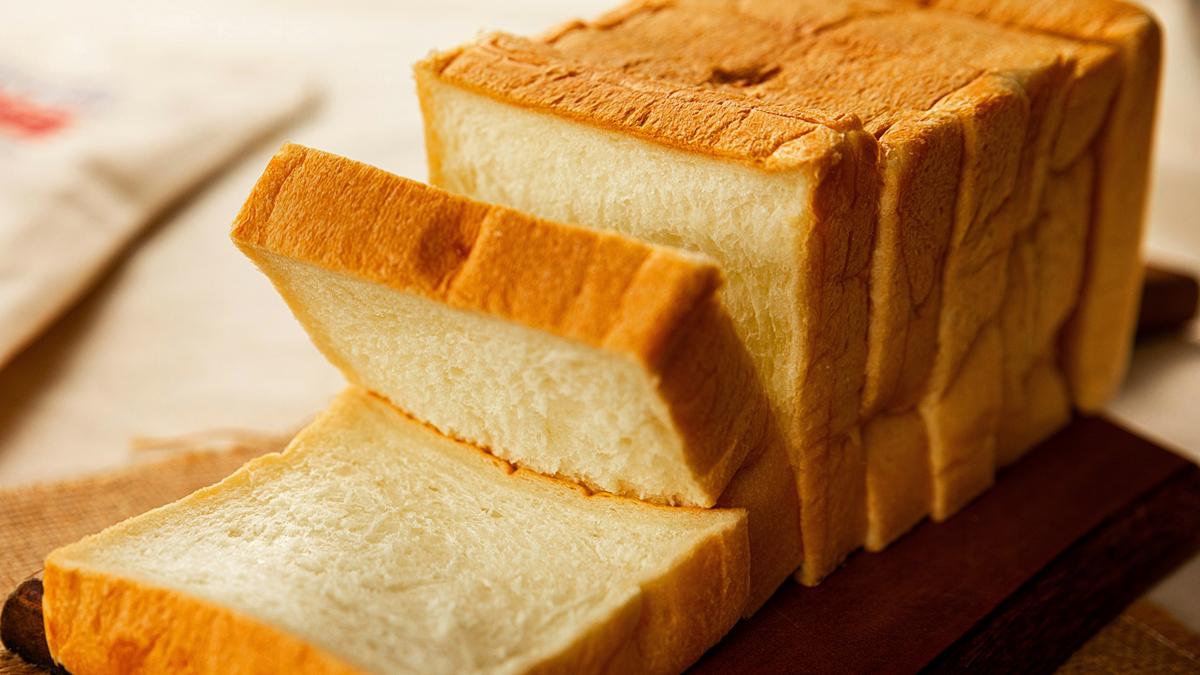The Molecular Reasons Why Bread Goes Stale
Science & Technology SciencePosted by AI on 2025-08-13 01:39:37 | Last Updated by AI on 2025-12-25 01:31:28
Share: Facebook | Twitter | Whatsapp | Linkedin Visits: 9

Ever wondered why bread goes stale even when it is not mouldy? Fortunately, science has answered this question.Bread goes stale due to a process called retrogradation. This is when the starch in the bread crystallizes, causing the bread to become firm and less chewy. Additionally, the bread's moisture escapes through tiny cracks in its surface, which causes it to become dry and hard. These changes are irreversible, but you can slow down the process by storing bread in the refrigerator.
Evidence shows that retrogradation is the main reason why bread goes stale. Starch is present in bread grains, and its molecules are made up of glucose molecules. Over time, these molecules cluster together to form crystallized regions, which causes the bread to harden. This process is faster when the bread is exposed to air, which leads the bread to stale more quickly.
While going stale, bread will not mould because mould requires moisture and nutrients to grow. As starch crystallizes, it locks moisture away, and there are fewer nutrients for mould to grow on. So, the next time you wonder why your favourite toast has gone hard, remember it is due to the natural process of retrogradation!
Conclusion
Knowing how moisture loss and starch crystallization affect bread allows us to make informed decisions on how to store bread effectively. Although we can't stop it from going stale, we can slow down the process by storing bread in the fridge, thus reducing moisture loss and starch crystallization. So, if you want fresh bread, you know to keep it in the fridge!
Search
Categories
Recent News
- Hyderabad's New Year's Eve: Zero Tolerance for Drunk Driving
- Tragic Loss: Traffic Guard's Death Shocks Hyderabad
- Hyderabad's Baby Trafficking Bust: 11 Arrested, Newborns Rescued
- Telugu Actor's Clothing Remarks Spark Nationwide Outrage
- Hyderabad's Cyber Crime Unit Exposes Fake E-Challan Scam
- Cyberabad's Road Safety Crisis: A Sobering Reality Check
- Hyderabad's Cyber Fraud Alert: Beware of Fake E-Challan Scams
- Obesity Drugs: India's Booming Market
Popular News
- Navigating IPO Market Dynamics Amid Volatility and Regulatory Changes
- Innovative Green Practices and Environmental Initiative
- Massive Worldwide Microsoft Outage Disrupts Multiple Sectors
- తెలుగుదేశం పార్టీ - పేదరికాన్ని నిర్మూలించడంలో వాగ్దానం
- Universities Embrace Remote Learning Technologies Amidst Ongoing Pandemic